How to sow seeds successfully every time – an expert guide to sowing seeds indoors and outdoors
Ever wondered how to start seeds for beginners? You've come to the right place...
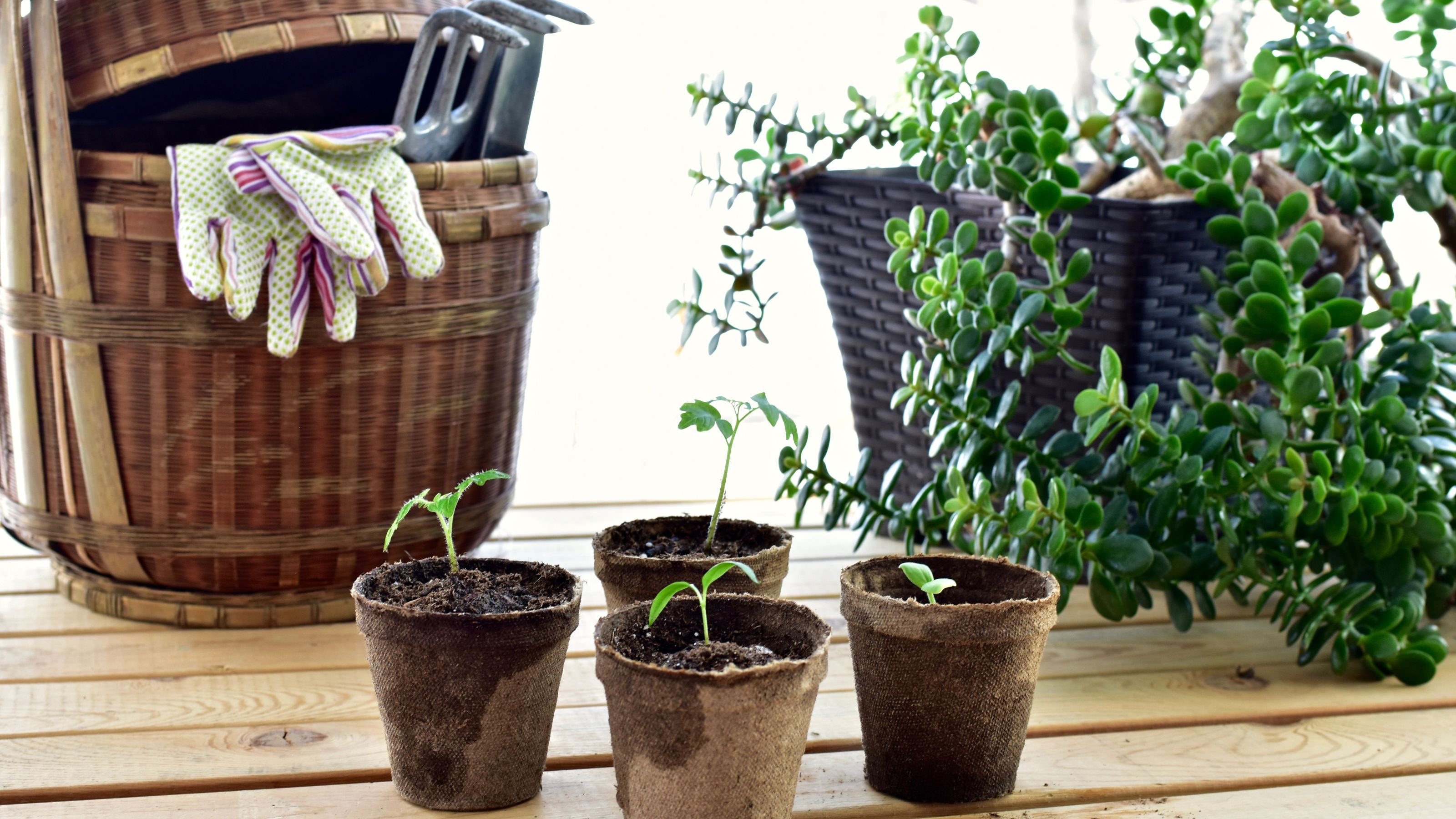

Can you smell that? The whiff of spring (and its new growing season) is just around the corner, which means – you guessed it – it's time to learn how to sow seeds.
Whether you're a beginner or a dab hand at growing your own vegetables, fruits, and flowers already, learning how to start seeds successfully is one of the most rewarding gardening jobs around.
It's also, too, a fun and cost-effective way to fill your garden border ideas and raised beds with all sorts of goodies. So, yes, it's well worth spending a little time on mastering your seed sowing techniques.
How to sow seeds successfully
Alsong as you know when to plant lupin seeds, lemon pips, allium heads or chilli seeds, every single seed is positively brimming with potential.
Is it any wonder, then, that so many of us are taking steps to harness that potential and put it to use in our own gardens and allotments?
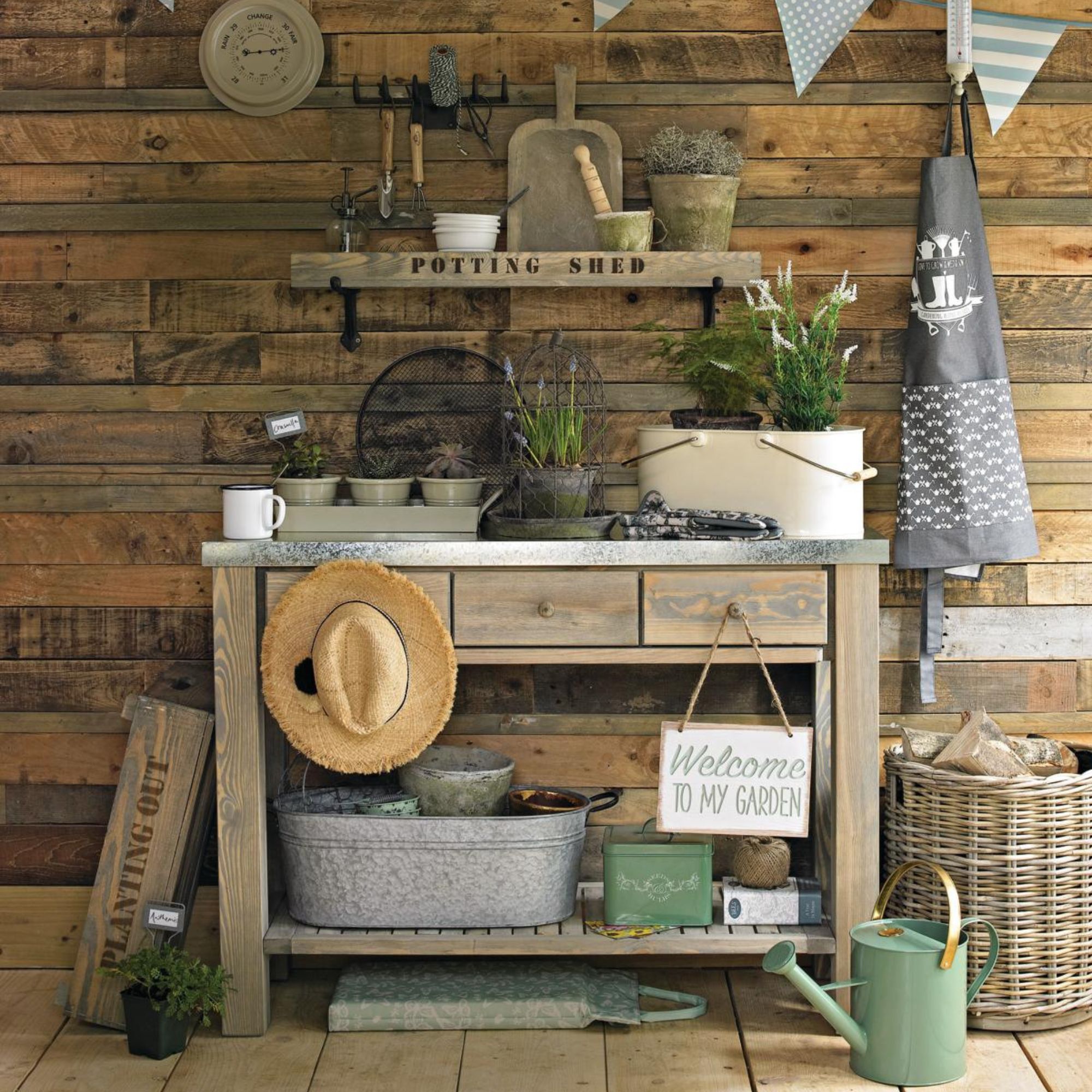
Thankfully, learning how to sow seeds is surprisingly easy – whether you're starting them indoors or outdoors. Still, there are some things to consider before you get to work on your new project.
'Before rushing off to the garden centre to stock up on seeds, first do some research about the type of crops or flowers you’re looking to grow, the conditions they require and when to plant them,' says Nelly Hall, brand director at premium bespoke glasshouses manufacturer Alitex.
Sign up to our newsletter for style inspiration, real homes, project and garden advice and shopping know-how
'Going seed shopping without planning what you’re after is a bit like doing a food shop when you’re really hungry – you can get a bit carried away and miss the essentials!'
When it comes to choosing seeds, the possibilities are endless and incredibly convenient – because, yes, you'd best believe you can buy seeds online.
However, the rest of your shopping list will be slightly different, depending on whether you want to learn how to sow seeds indoors or outdoors.
How to sow seeds indoors
Once you have everything you need, it's time to make good on all of your greenhouse ideas and learn how to sow seeds indoors.
What you will need
- A good peat-free compost: you can get a bumper bag of Levington PEAT FREE Seed Compost (with added John Innes) from Amazon.
- A selection of pots or seed trays: 'I love the seed trays designed by Charles Dowding, as they make pricking out a thing of the past and allow roots to remain undisturbed,' advises Nelly.
- A watering can or plant mister: The aim is to keep compost moist but not wet, so a plant mister (like this one from Amazon) is ideal.
- A greenhouse or heated propagator: 'If you don’t have the option of starting them off under glass, then wrapping pots in cling film and placing them on a sunny, south-facing window in the home will replicate the environment seeds need to germinate,' says Nelly.
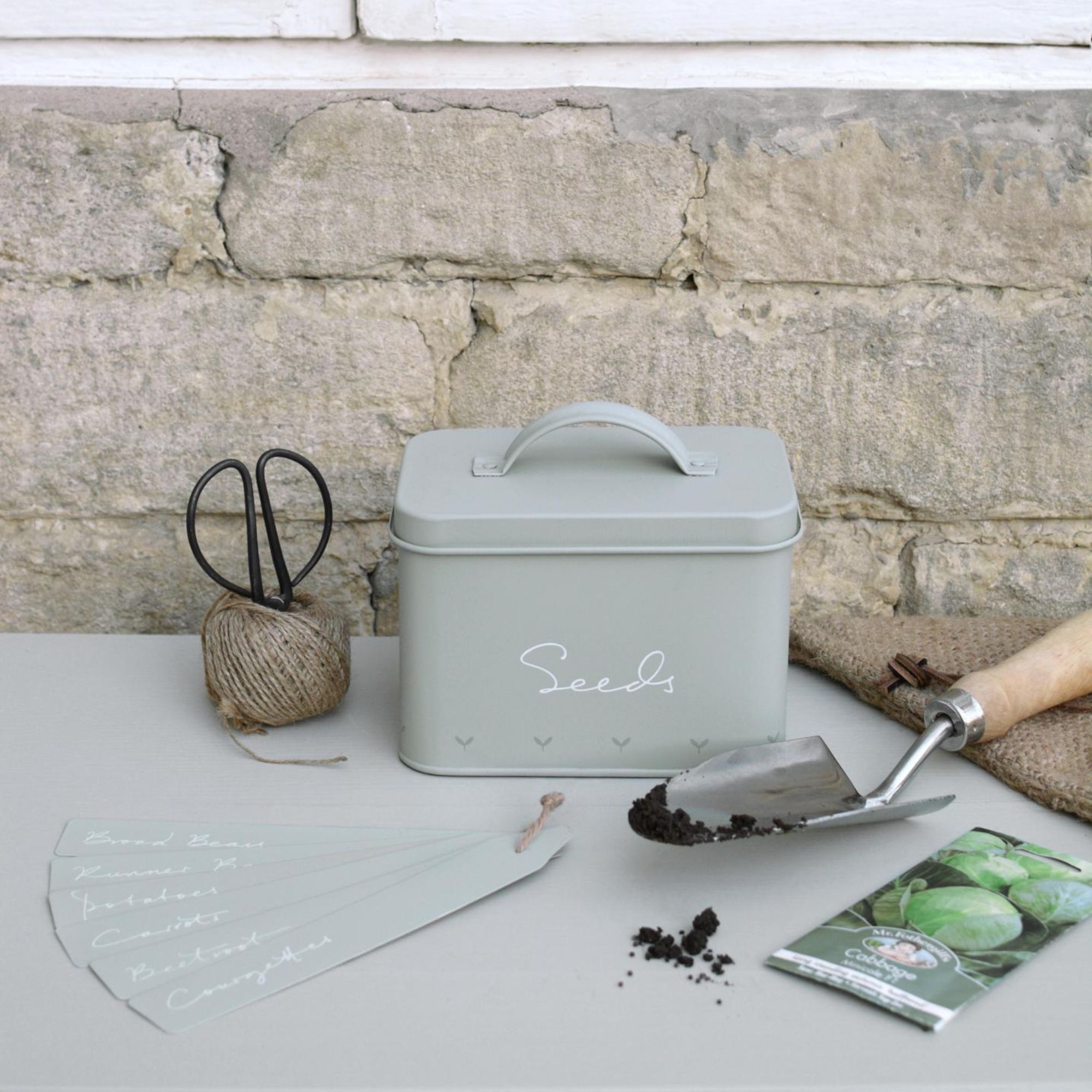
'Always start by checking the instructions on the packet, as different plants have different requirements to successfully germinate,' advises Nelly.
Morris Hankinson, director of Hopes Grove Nurseries, agrees. 'Every seed is slightly different,' he says.
'Lettuce, for example, can be sown on top of moist compost with a fine layer of compost over the top, whereas pumpkin seeds can be sown two per 7cm pot into multi purpose peat free compost about 1cm deep and then watered.'

Morris Hankinson is the founder and managing director of Hopes Grove Nurseries Ltd, the UK’s only specialist grower-retailer of hedging plants. He established the thriving business in 1992, shortly after graduating with a Commercial Horticulture Degree from Writtle College, Essex.
Once you've read the small print, all you have to do is work your way through the following steps:
1. Prepare your pots or trays

It doesn't matter if you're growing flowers or edimentals: you'll want to begin the process of sowing your seeds by preparing your trays or pots.
'Fill your small pots or trays with compost, then water them thoroughly and leave to drain,' says Nelly. 'Only after the water has drained through should you plant your seeds.'
Morris agrees, adding that 'it’s always better to sow into already moist compost rather than drench the seeds with water as this can wash the seeds to one end of the seed tray or contribute to seeds rotting away'.
2. Plant your seeds

It might seem an obvious step in the process of learning how to sow seeds, but your next task is to 'sprinkle your choice of seeds evenly over the surface, leaving a few centimetres between each seed if you can,' says Nelly.
'Then, cover with a thin layer of compost. This should be about the same depth as the seed size, so the smaller the seed, the thinner the layer.'
Again, be sure to always 'read the instructions on each of your seed packets,' adds Morris, 'because different seeds will need slightly different methods of sowing.'
3. Find them somewhere warm to sit
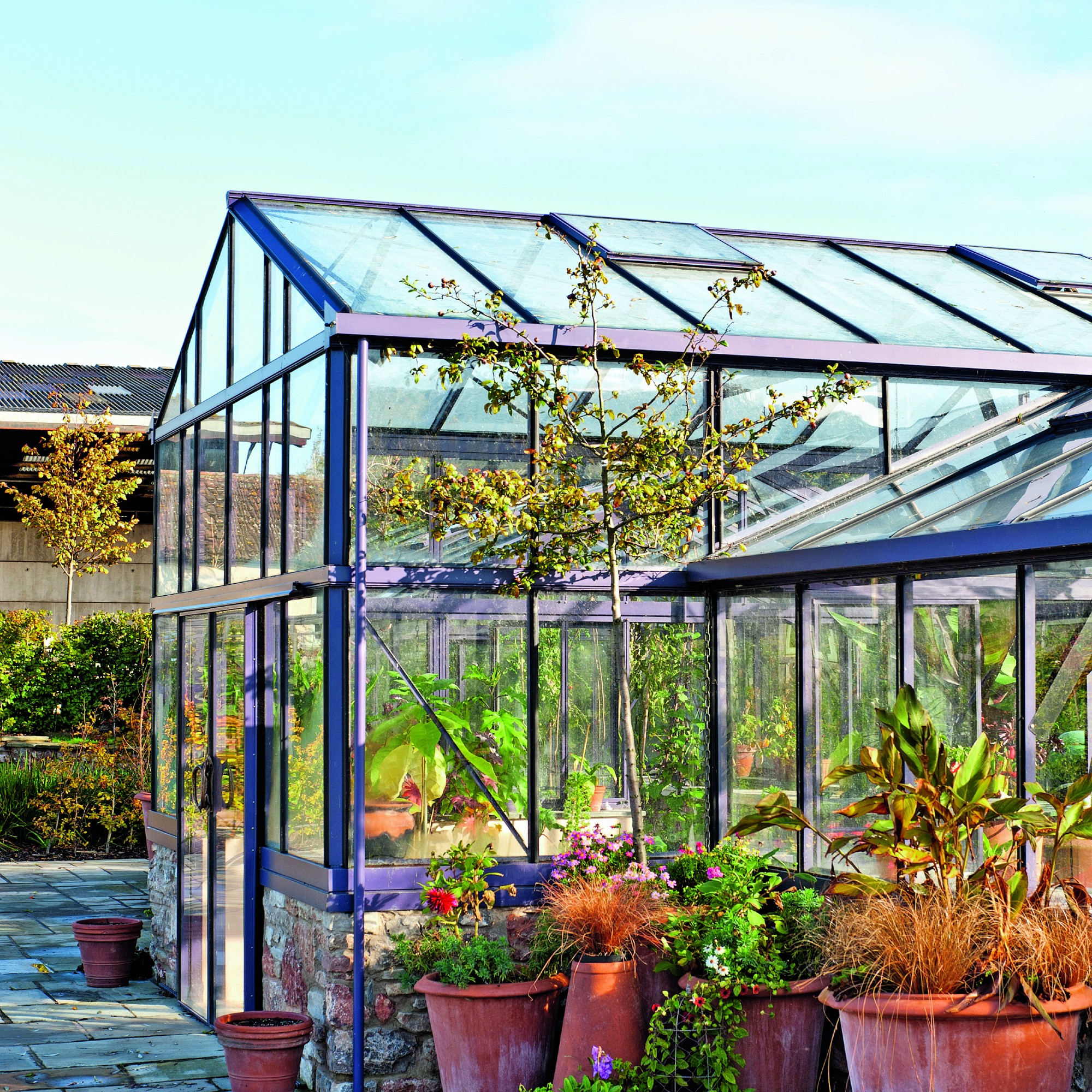
Whether it's heated or not, a greenhouse is an excellent place to start your seeds off – or under a propagator, if possible.
'Most seeds germinate between 18°C and 22°C, so it is then simply a case of placing your pots in a warm, moist, and closed environment,' says Nelly.
Frosts, however, are still a risk – even if you're using a greenhouse. 'Always have some horticultural fleece on hand to cover over your seeds on cold nights – and that includes if your seeds are in a greenhouse or cold frame,' says Morris.
Keeping seeds on a warm windowsill is also a great place to get seeds started.
4. Show your seeds some TLC
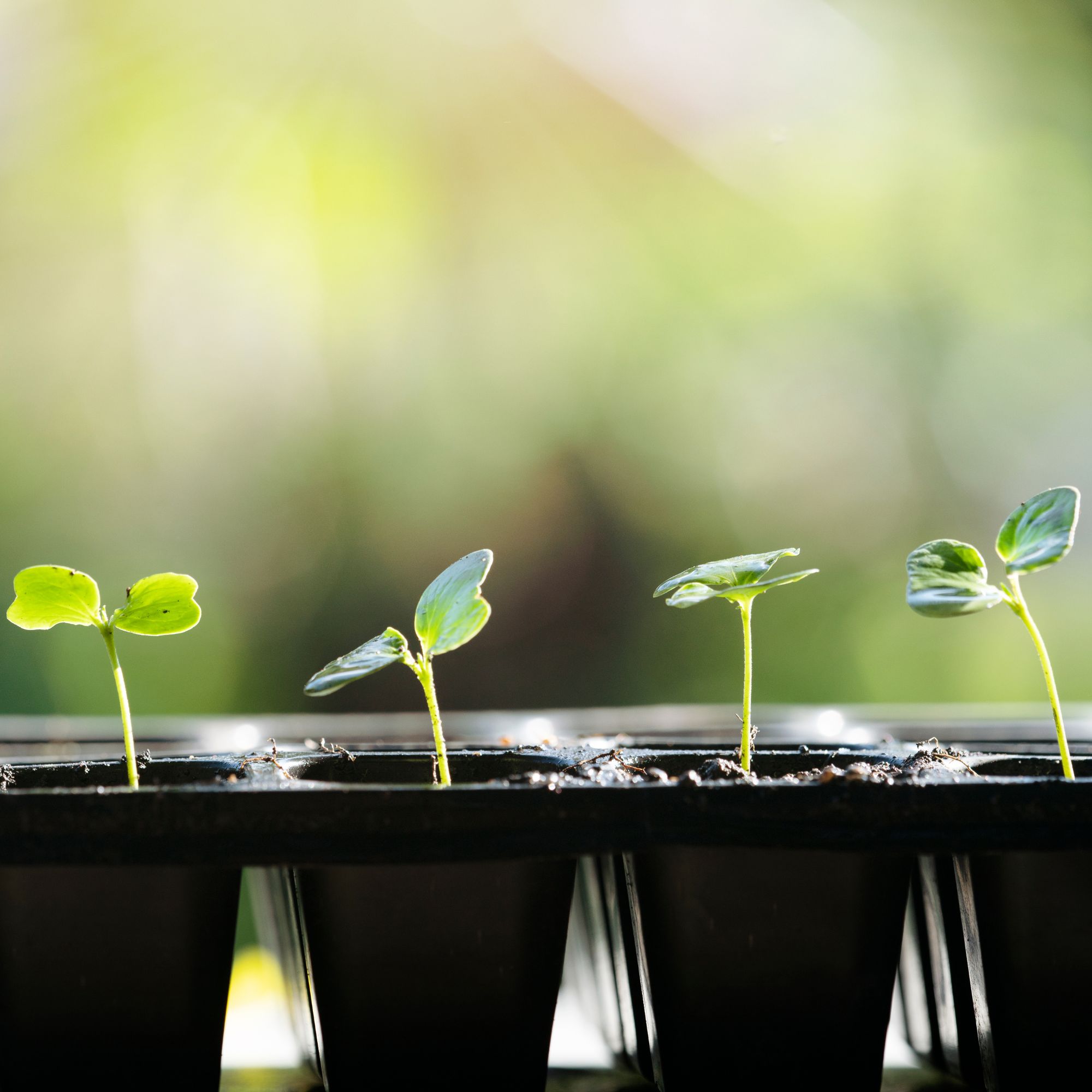
After a couple of weeks, you should notice that your seeds are starting to sprout.
'Keep them well-watered, and before long, your seedlings will develop their second pair of leaves, also known as their true leaves,' says Nelly.
'Then, they will be ready to be pricked out and potted on.'
How to sow seeds outdoors
If you'd prefer to wait until the frosts have passed and sow your seeds directly into the ground, you absolutely can. In fact, it's ideal if you don't have a greenhouse or much space to grow seedlings on windowsills.
As you might expect, though, learning how to sow seeds outdoors (also known as direct sowing) is quite different to starting them off inside...
What you will need
- A good peat-free compost: opt for something like Incredipeatfree Premium Peat Free Multi-Purpose Compost from Amazon.
- A rake: the Easy Shopping® 12 Teeth Garden Rake from Amazon is ideal.
- A garden dibber: you can absolutely use a marked rake or trowel to suss out how deep your drills need to be, but this Seed Planter Tool from Amazon might make the job easier.
1. Prepare the ground
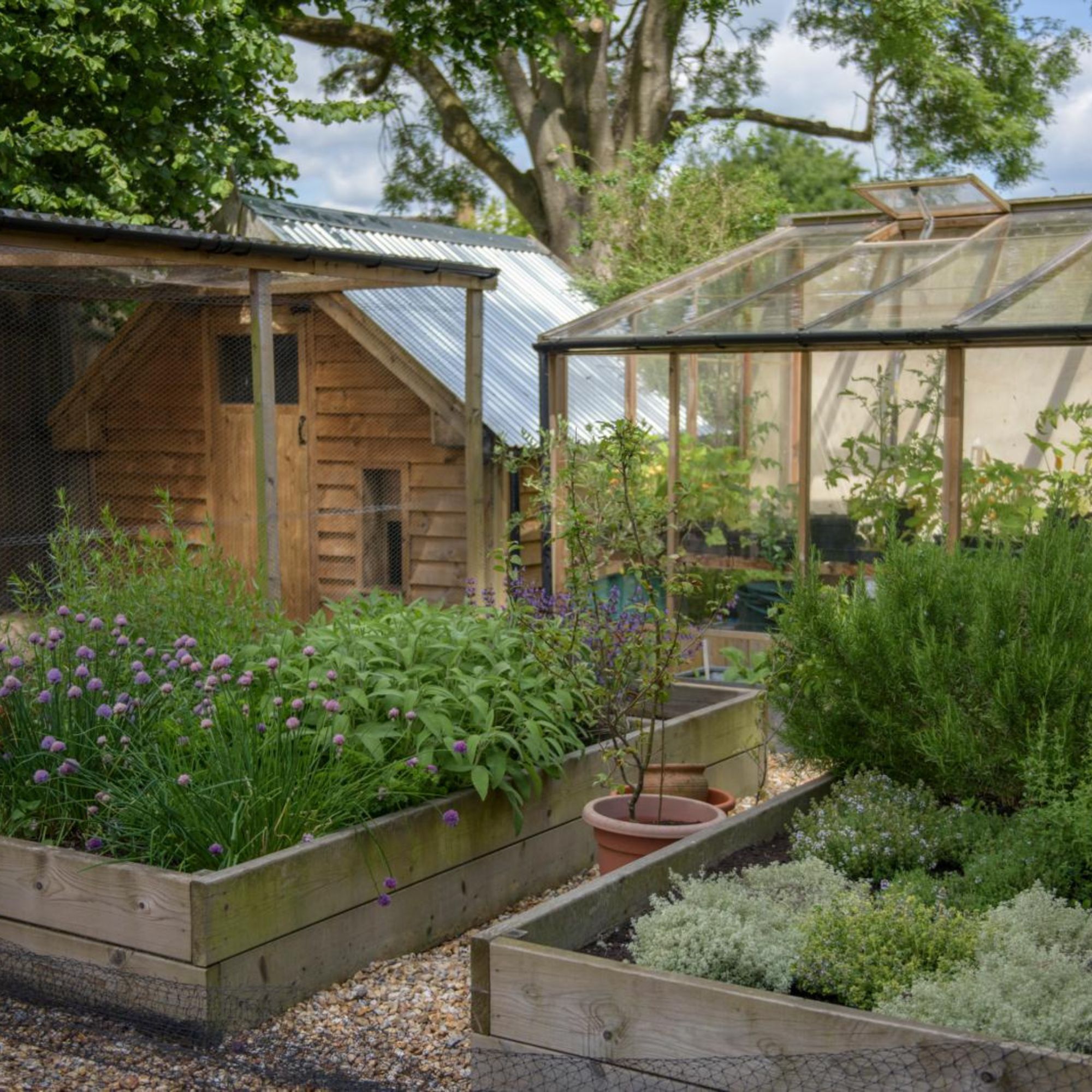
More and more people are embracing the world of no-dig gardening right now, which is good news for anyone who hates turning the soil.
All you have to do is lay down a light-excluding mulch (eg cardboard) where you would like to plant, cover it over with your desired or available amount of compost, rake it over until it has a fine, crumbly texture, and then (you guessed it) plant straight into compost.
Be sure to prep accordingly, as 'sowing your seeds in a well-lit spot on even ground is essential,' says Craig Wilson, co-founder, director and in-house gardening expert at Gardeners Dream.

Craig Wilson, co-founder and director of Gardener's Dream Ltd has established himself as a key figure in the online gardening industry. With over two decades of plant knowledge and gardening experience, he takes pride in sharing his top tips and tricks for the garden.
'Without a proper foundation, it could stunt their growth,' he adds.
2. Make your drills

Drills are shallow lines made in rows in the soil, into which you will plant your seeds.
'You can use the end of a trowel or a hoe to do this,' says Craig, 'and if you create straight rows, place a string line on your soil to help guide you.'
Again, be sure to check your seed packet to see the recommended sowing depth, as if you sow your seeds too deep, this can lead to your seed not germinating properly.
3. Get watering

We've said it before and we'll say it again, but it's far easier to save an underwatered plant than it is an overwatered one. With that in mind, then, Craig says it's best to water your plot before you sow your seeds.
'Lightly go across your drills with water to give your soil the moisture it needs,' he says, stressing that you're aiming for 'moist' rather than 'drenched'.
4. Sow, sow, sow
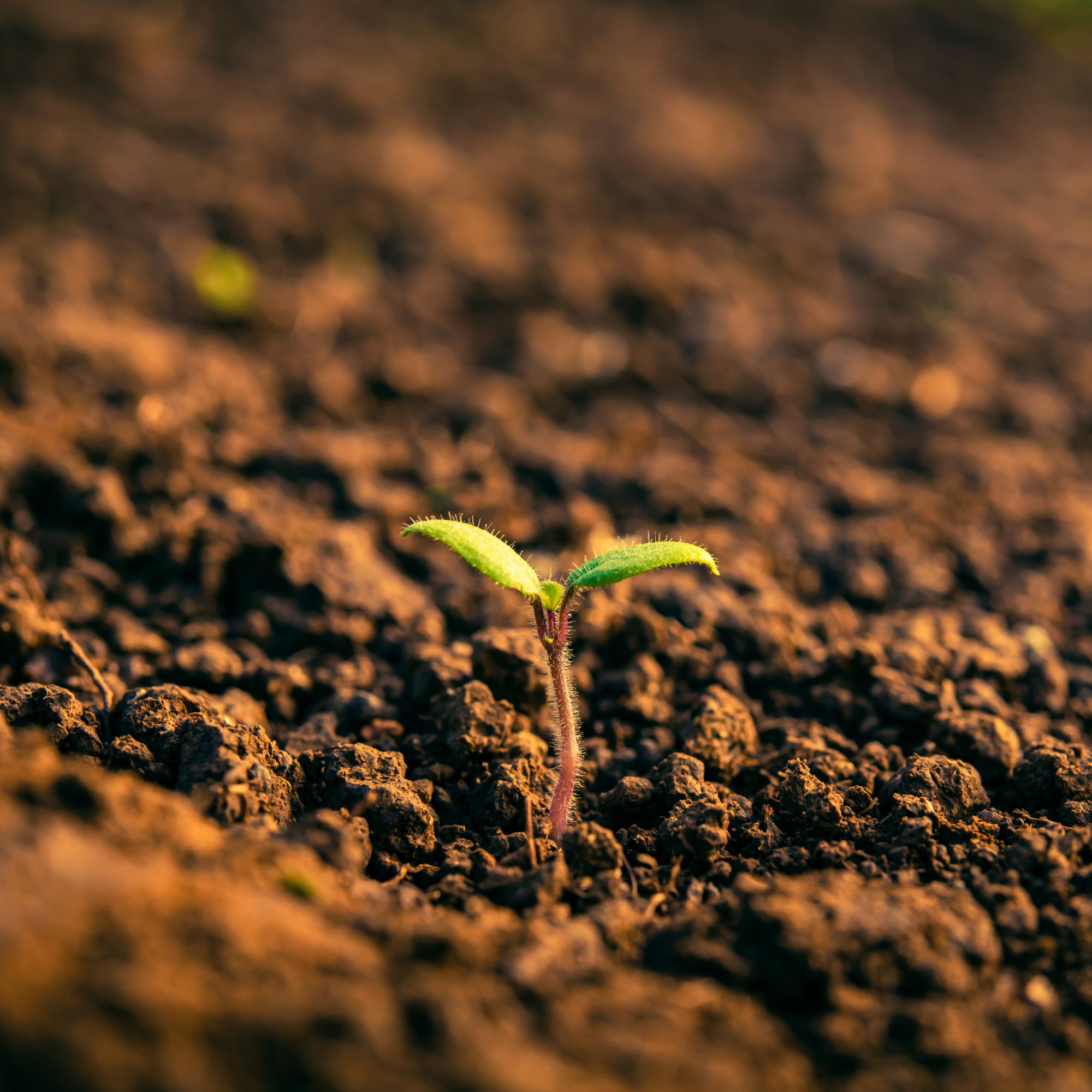
Finally, it's time to (sorry, but it bears repeating!) check the seed packet again to see the recommended spacing.
Then, and only then, should you start to place your seeds along the drill.
'If your seeds are small, be sure to distribute them as evenly as you can to give each seed enough space to grow,' says Craig.
'To cover the seeds, gently push the soil from either side of the drill, breaking up any large lumps of soil as you go along.'
You can water your seeds to help settle them (be sure to use a rose on your watering can), and then wait a few weeks for your seedlings to appear. Be sure to keep on top of weeds and pests, though, and you might like to consider covering your new plant babies with a fine mesh to protect them from hungry critters, too.
FAQs
Do you plant all the seeds in a packet?
While you can plant all the seeds in a packet at once, Morris urges gardeners to consider 'succession sowing' instead.
'Sow some of your seeds and then sow the same again two weeks later,' he explains. 'You can do this for as long as the seed packet says you can sow for and it can be done undercover in pots at this time of year or directly outside after the weather and soil has warmed up.'
Morris adds that 'this means you won’t have all your seeds at once to pot on as they grow and to keep crops and flowers growing for longer throughout the year'.
Can you put seeds straight into soil?
Direct sowing is a surprisingly easy process, although, unlike indoor sowing, it means your seeds will have to contend with some seriously unpredictable elements: think weather, wildlife and insects, to name just three.
If you do opt for this method, Craig suggests that 'it’s always good to keep a note of the date and how long it took to grow'.
'Not only is this a brilliant way to keep track of where exactly you’ve planted your seeds, but it can also help you identify the most optimal areas of your garden for planting in the future,' he says.
Should I wet my soil before planting seeds?
Most gardeners prefer to plant into moist soil, as this will mean the seed is more likely to germinate properly. You can water them afterwards to help settle them, but take care not to drench them, as this can do more harm than good.
What are the easiest seeds to start?
While some seeds have more complicated needs than others, there are plenty that are considered incredibly easy to grow so much so that their seed packets are aimed at children in garden centres.
Try something like sunflowers, marigolds, herbs, sweet peas, lettuce, chives, or cress if you want to cut your teeth on an easy GYO project.
Now that you know how to sow seeds successfully, the world is your oyster (or should that be seed?), so go forth and experiment with as many different varieties as you like.
We promise that, when you see those early green shoots begin to emerge from the soil, all of your efforts will feel worth it!

Kayleigh Dray became Ideal Home’s Acting Content Editor in the spring of 2023, and is very excited to get to work. She joins the team after a decade-long career working as a journalist and editor across a number of leading lifestyle brands, both in-house and as a freelancer.